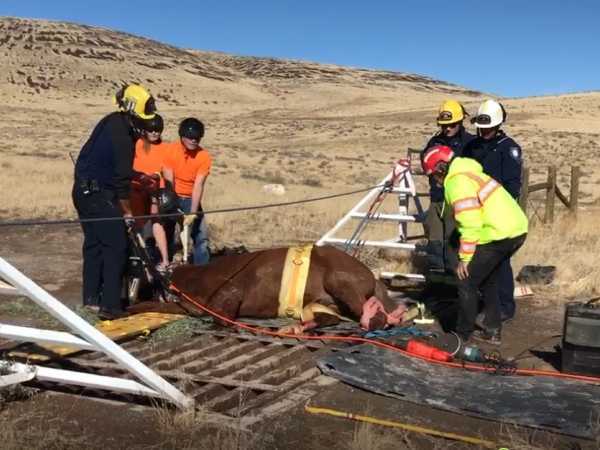
|
Least Resistance Training Concepts
|

|

1. Keep the scene calm and organized. Extrications can require a lot of people and equipment. A disorganized and noisy scene can further stress the animal. A reactive animal trapped in a cattle guard, or any other confined space, is a danger to itself and to rescuers. |
|
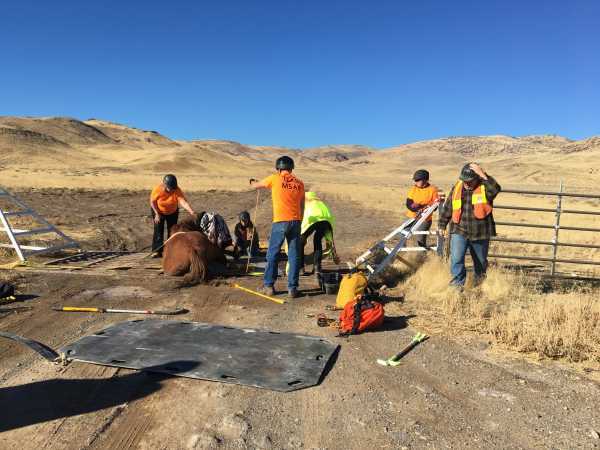
|
| Rescuers may be under pressure to take immediate action. These incidents are very similar to Haz-Mat incidents. Don appropriate personal protective equipment. Take the time it takes to evaluate, consider, decide, and then act. |
| 2. Consider the animal's immediate needs. |
|
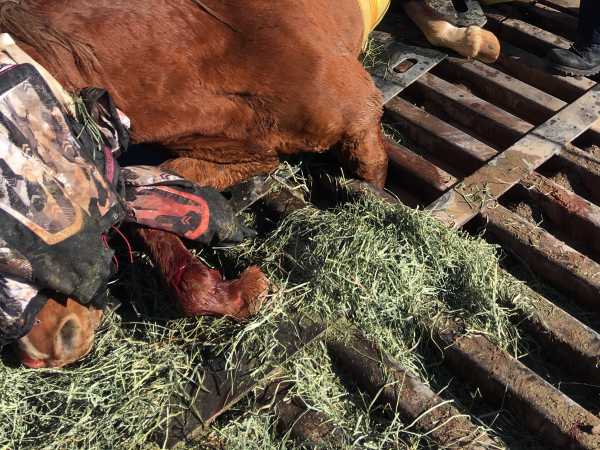
|
|
| 3. Evaluate the cattle guard's design. |
|
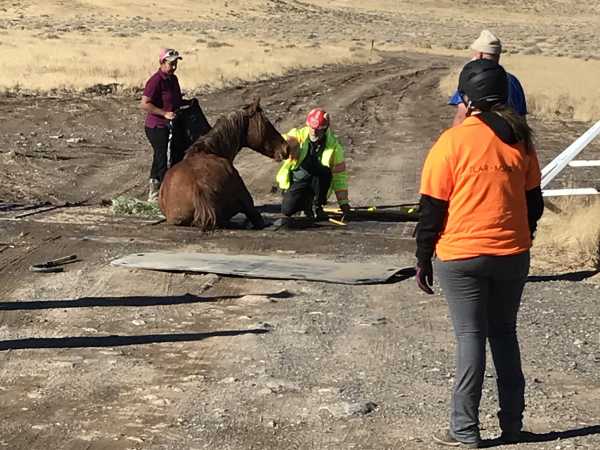
|
|
4. Create a safe work space.
Cattle guard grates can be treacherous to both animals and human rescuers. The work involves operations close to the animal. A rescuer dropping a foot through the grate when he/she needs to move quickly can produce serious injuries. |
|
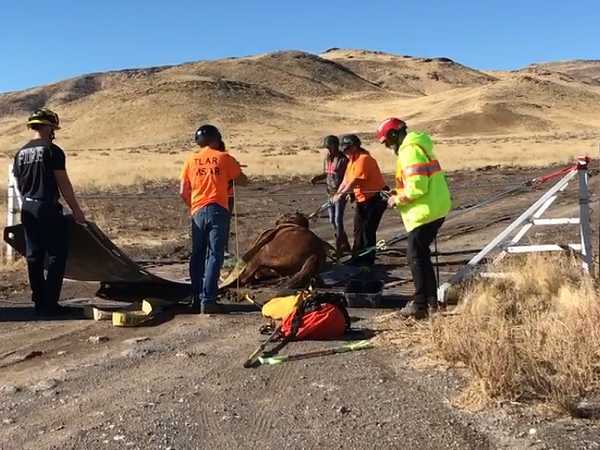
|
| 5. Plan your work and work your plan. |
|
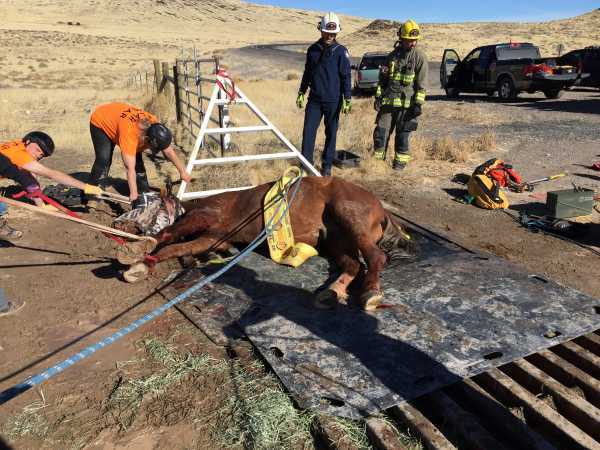
|
| 6. Plan for what happens "after." |
|
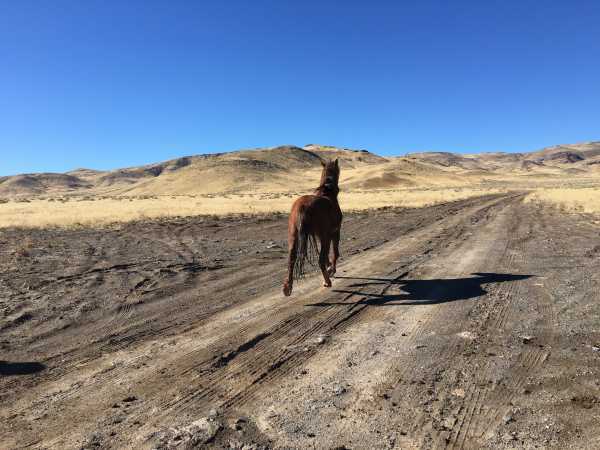
|
|
The concepts presented here do not cover all potential issues. Everyone at the scene should follow all standard safety protocols.
Continue to Actual Case Studies (Sample Incidents)Return to Part OneReturn to Information Sheets and Resource GuidesReturn to Sample Incident ResponsesReturn to LRTC TLAR / EVAC Page
Press Back to return to the page which brought you hereReturn to LRTC Wild Horse MentorsReturn to KBR Training PageGo To
|
